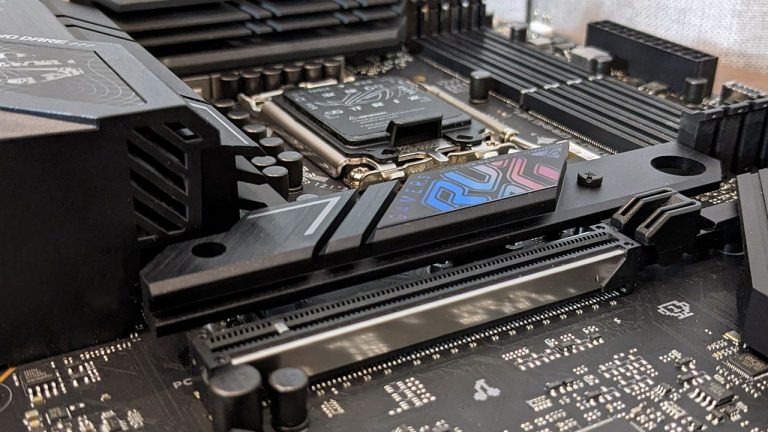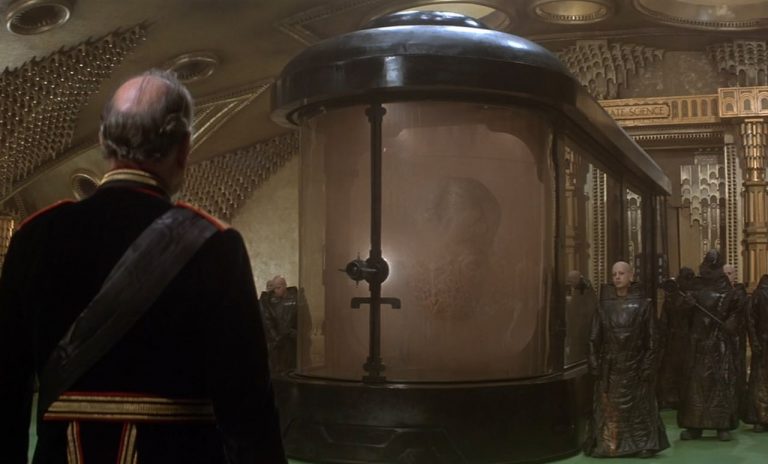There might be a ton of exciting Intel Lunar Lake, Arrow Lake, and Ryzen AI 300 launches and announcements right now, but one can’t help but feel anticipation for a good, old-fashioned graphics card launch. Nvidia’s RTX 50-series graphics cards are steadily approaching, and we’re now hearing they could be announced very soon.
Chinese tech site Benchlife reports that, if its sources are correct, two next-gen Nvidia GPUs might launch this month. According to a machine translation, Benchlife says, “If all goes well, the GeForce RTX 5090/D and GeForce RTX 5080/D with the Blackwell GPU architecture are scheduled to officially launch in September. If our sources are correct, more information will soon be available online for reference.” (The “D” refers to variants for the Chinese market.)
This would be much sooner than what was previously expected to be a late-2024 or possibly early-2025 launch.
If Benchlife’s sources are reliable and an RTX 5080 and RTX 5090 are announced this month, this will be surprising but not impossible. While Nvidia’s Blackwell server chips have been delayed, the consumer chips will be completely different to the server ones, meaning 50-series GPUs might be entirely unaffected by this delay.
And while it might be argued that an announcement isn’t a launch, it would also be strange for Nvidia to announce these graphics cards long before they hit the market. The first RTX 40-series GPUs, for instance, were announced at GTC in September 2022 and launched less than a month later.
Announcement speculation aside, Benchlife also suggests that, seemingly based on its factory sources, the RTX 5090 should have a TGP of 550 W and the RTX 5080 should have a TGP of 350 W. This would put the 5090’s TGP 100 W higher than the 4090‘s and the 5080’s TGP just 30 W higher than the 4080‘s. This 550 W TGP for the 5090 isn’t quite the 600 W TGP that was rumoured of late.
Benchlife goes on to suggest such wattage could refer not to TGP (total graphics power) but to the “maximum heat dissipation capabilities of the radiator,” which would make sense. It’s not unusual for cooling to be tested and rated at higher wattages than the GPU TGP. That’s why it’s possible to increase power limits on some cards: because the cooler can handle a higher TGP than the GPU’s default.
Experience tells me to take such power consumption rumours with more than a pinch of salt. If the rumoured impending announcement is true, I suppose we won’t have long to wait to find out for sure.












